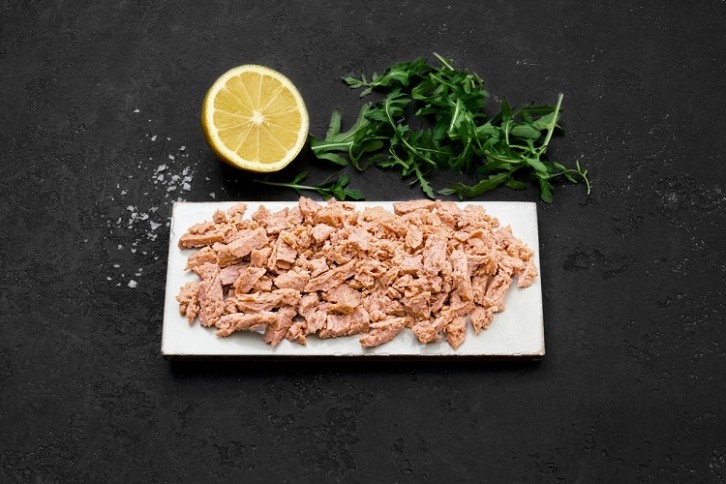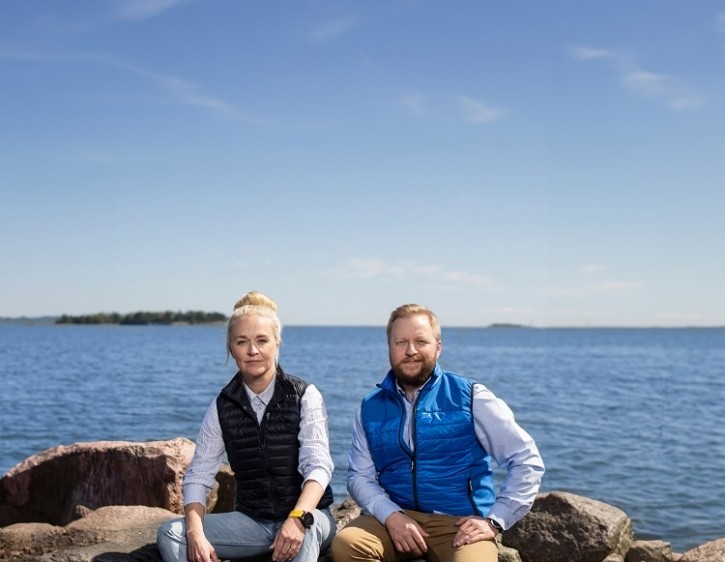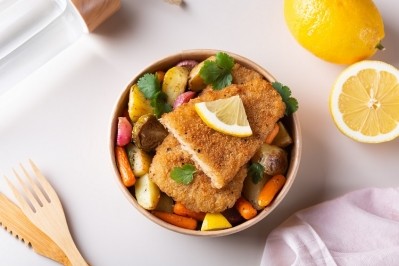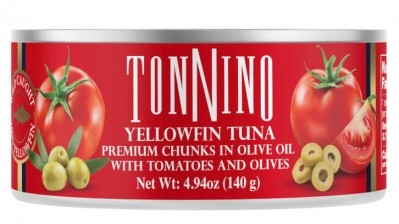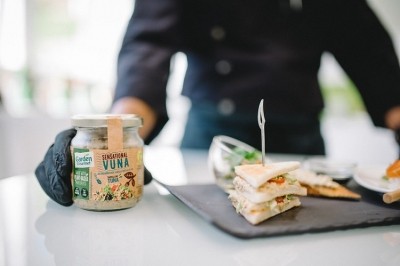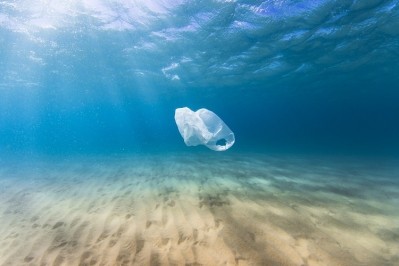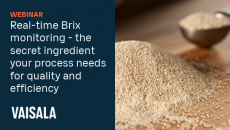Fighting food waste: Finnish foodtech company is innovating to upcycle seafood side streams
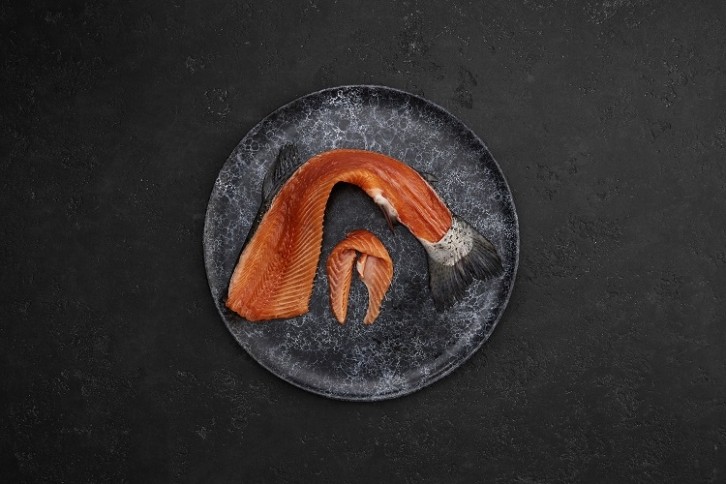
Finnish foodtech company, Hailia, has created a system by which fishing industry side streams can be upcycled into mainstream seafood products. The innovative new approach uses all edible parts of the fish, avoiding unnecessary waste and enabling fish processors to add value to the raw materials.
"Food waste is a significant issue in the seafood industry" Michaela Lindström, Managing Director of Hailia, told FoodNavigator.
"Up to 70% of the catch weight of fish, depending on fish species, ends up as side streams. It does not only contribute to economic losses but also has environmental implications, impacting marine ecosystems and sustainability efforts."
What are food industry side streams?
Side streams in the food industry can best be described as waste products, which are not used by the primary industry, but instead sold onto another industry sector for use.
In the seafood industry, side streams are predominantly fish heads, guts, frames and processing water. These are often sold to produce low-value products, such as animal feed.
What’s involved and what is the finished product?
Hailia is extracting more from each fish carcass, including parts which were previously cast-off into side streams or discarded as waste, and turning them into a product, which resembles a cooked fillet of fish. The finished seafood is prepared with an appetising consistency and flavour, providing plenty of healthy nutrients, which would otherwise have been lost.
"Our novel process allows us to achieve a texture and mouthfeel reminiscent of a cooked fillet of fish, without fishbones or other particles disturbing the mouthfeel," explains Lindström.
Otto Kaukonen, CTO of Hailia, adds, "the structure of the product allows for further processing and integration into a range of recipes, from soups to sandwich fillings, pastas, and sauces."
Hailia is also looking to widen the use of this production method to include the currently underutilised smaller pelagic fish.
"We see untapped potential within small pelagic and also seafood by-products and side streams," says Lindström. "We’re focusing on how to effectively utilise seafood by-products and side streams for human consumption. This approach aligns with sustainability goals and enhances the overall efficiency of the seafood industry."
What are Pelagic fish?
Pelagic fish can be categorised as coastal and oceanic fish. Coastal pelagic fish inhabit sunlit waters up to approximately 655 feet deep. They include species such as anchovies, sardines and menhaden, as well as the predatory fish that feed on them. Oceanic pelagic fish include larger species such as swordfish, tuna and mackerel.
There are not plenty more fish in the sea
Food waste is a major problem across the world and the seafood industry is no exception. Coupled with this, many fish stocks worldwide are at risk of extinction, due to overfishing, while fish farming is becoming an increasing burden on the environment. Poor utilisation of current fish supplies is only serving to exacerbate this problem.
“Sustainability in the food industry is crucial because it helps ensure the long-term availability of resources, minimises environmental impact and addresses global challenges like climate change, biodiversity loss, and food security,” added Lindström.
It’s estimated that the demand for seafood will double by 2050. However, current supply levels are believed to be able to sufficiently accommodate the increase in demand if the way in which resources are managed and utilised is made more effective.
Approximately 30% of the annual European fish production is rejected for consumption and instead siphoned off into low-value uses. This equates to approximately five billion kilograms of fish every single year. If resources are not used effectively then supply will struggle to meet demand as the global population steadily increases.
“We don't necessarily need to catch much more fish. Instead, we should use what we already have more wisely. By doing so, we can meet the growing demand for seafood without harming the environment,” agrees Lindström.
“The scarcity of raw materials in the future doesn't only affect the seafood industry, but also food production on a wide scale. Considering this, it is essential to implement resource-efficient concepts and mindsets. We are proud to be at the forefront, hopefully inspiring others to adopt similar approaches.”
What more can be done to avoid seafood waste?
Governments and organisations across the world recognise the importance of minimising food waste and are increasingly making it a priority in policy making.
“We believe that a lot is already being actively done, and utilisation of side streams are top of mind for many parties,” said Lindström. “We vote for investing even more in research for sustainable and effective technologies and fostering collaboration with governments and conservation organisations to develop and enforce sustainable fisheries management policies.”
This is supported by the European Commission, which is campaigning to ensure that "national efforts against food waste are informed by a solid evidence base and support sharing of innovation and best practice."
Organisations, including the World Wildlife Fund (WWF), are supporting efforts to create a more sustainable seafood industry and have created a short film, ‘Ocean to Plate: A Journey into the Seafood Supply Chain’, capturing the long journey seafood goes on before reaching the consumer.
Similarly, the World Economic Forum is promoting ‘whole fish’ thinking, encouraging manufacturers to use every part of every fish, saying simply, “to feed the world, we need to waste less fish.”
